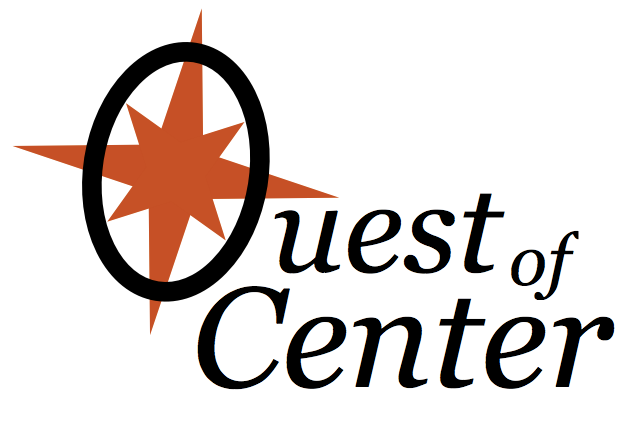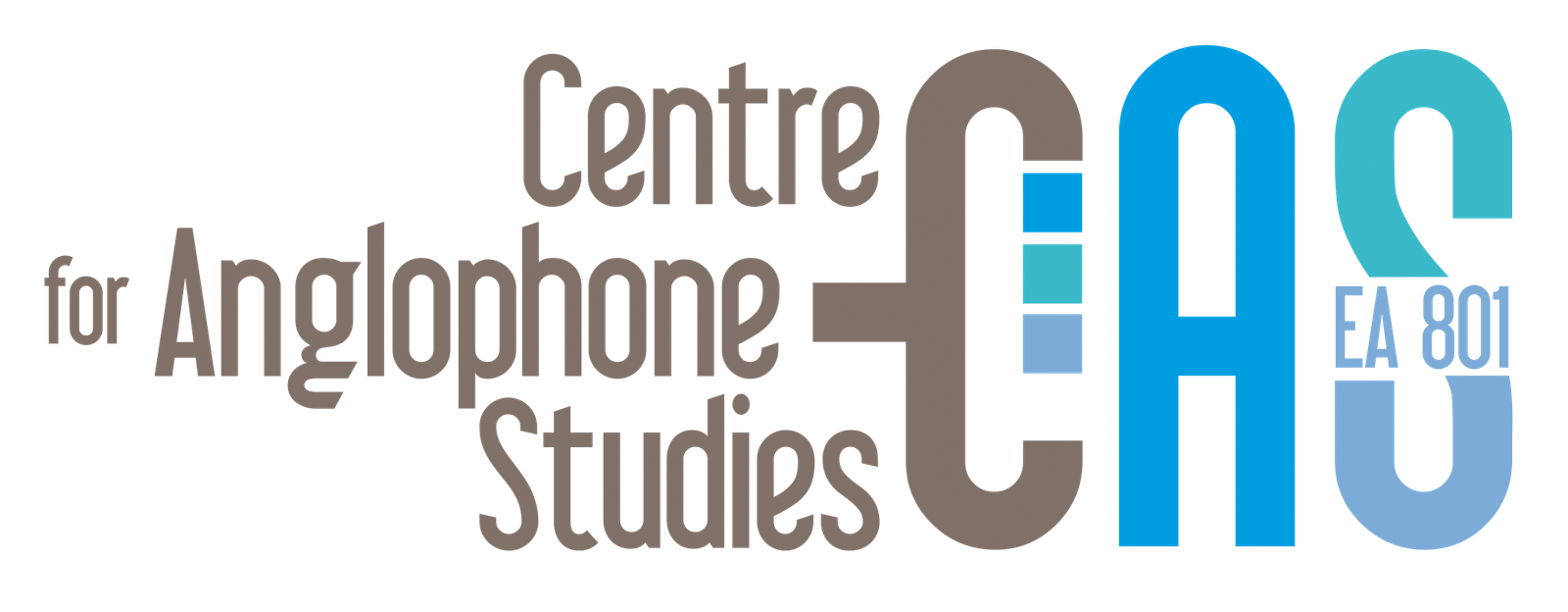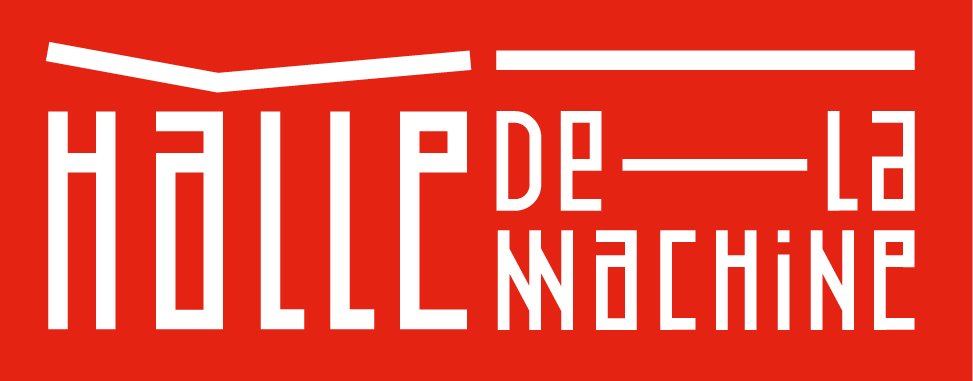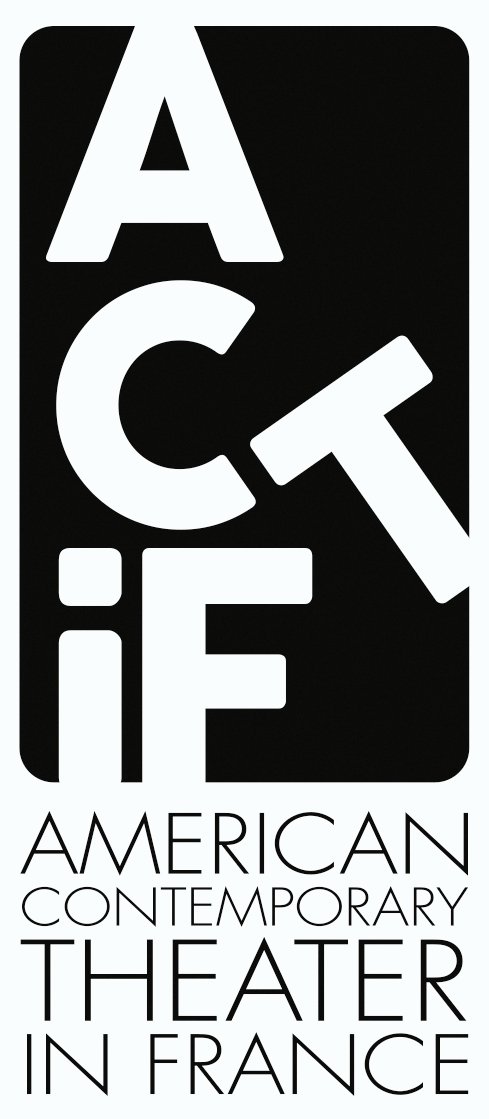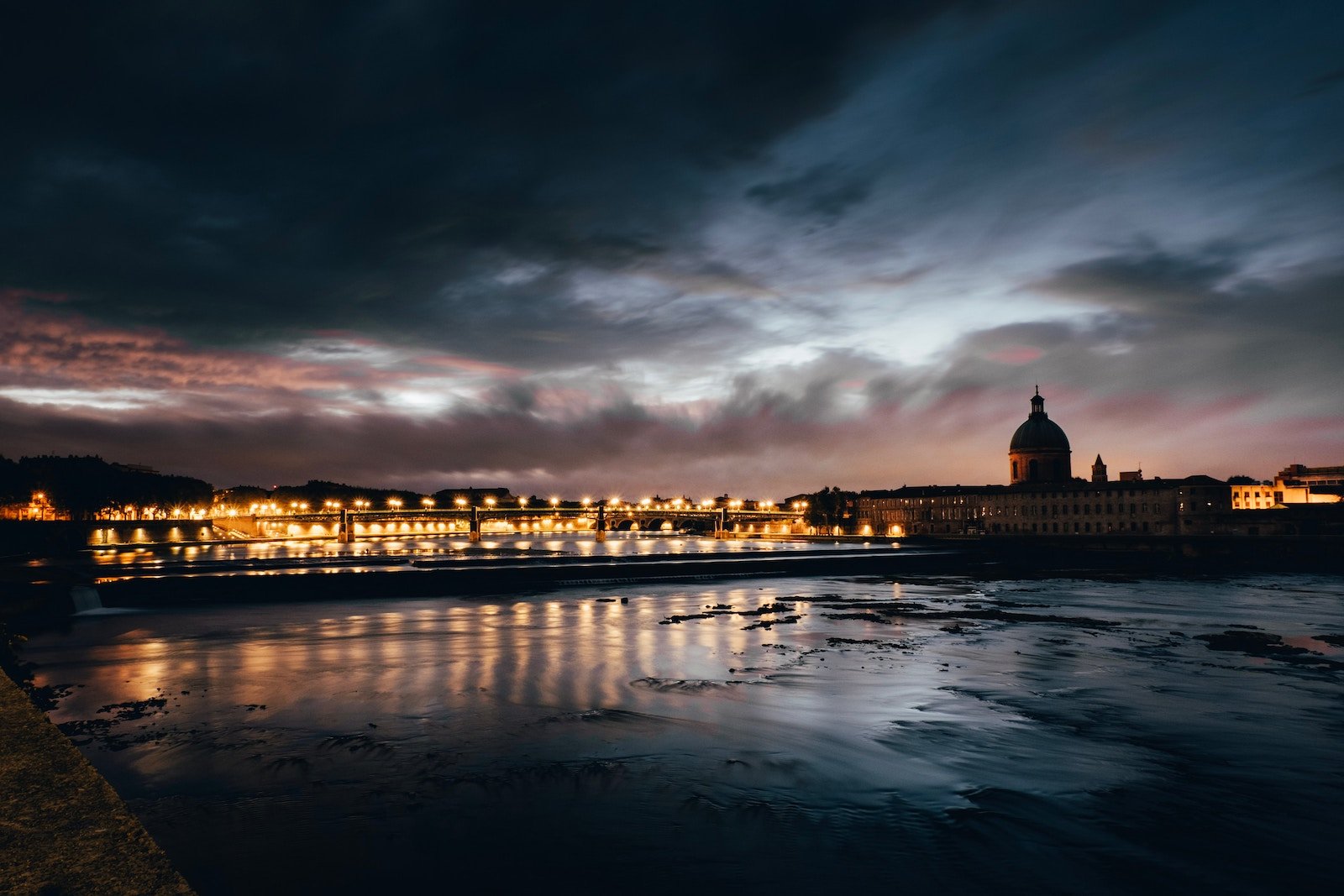December 5 – 7th, 2024
Toulouse
Myths
Conference
The Status of Myths in Post-Millennial Cultural Production.
Two-day conference organized by the Center for Anglophone Studies, Toulouse – Jean Jaurès University.
What is left of myths in contemporary arts and literature?
As founding narratives or idealized representations of historical figures, myths have, from time immemorial, tied humans together, creating communities that grow into organized societies. They have therefore become the safeguards of a vision of History that the arts and literature have ceaselessly spun into stories, in order to better transgress, deconstruct or simply revisit an ever-changing mythos. Contemporary stories reshape the contours of an all-too-often glorified past and they question our cultural heritage at the same time as rekindling it.
Creative imagination feeds on these forms of “poaching” as Michel de Certeau put it. This process is not entirely separable from a certain level of violence. The artist who ventures into the territory of myth challenges authority, creating a tension within the main collective discourse by allowing new voices to emerge. The Black Lives Matter movement gave rise to a wave of protest demanding the removal of statues. This undoubtedly characterizes a world where the expression of singular identities, whether ethnic, gendered, racial and/or social, is transforming mainstream culture. Current artistic productions embrace and question figures or facts that collective memory has mythologized, and this serves a restorative purpose in various ways. It behooves us to enquire into the political, ethical, cultural and economic implications of these rewritings. In the vast field of study that is gradually emerging from the cultural production of the new millennium, the worldwide success of Hamilton, the musical comedy by songwriter Lin-Manuel Miranda (2015), shows the extent of the sales-oriented potential of myth when it is spruced up with images borrowed from popular culture, but it also shows how contentious and controversial such revisions of myths can be, starting with the practice of colorblind casting which playwright August Wilson criticized as early as 1996.
Revisiting myths is also a powerful way to trigger literary creation: in the early 2000s Canongate Books launched the series “Myths Collection” and invited writers like Ali Smith, Margaret Atwood, A. S. Byatt or Jeanette Winterson to contribute texts that rewrite past narratives. If these contemporary rewritings tap into a certain marketability of myths, they might also raise the question of their status and nature. What is their relation to the model they were drawn from? To what extent are these rewritings of the past politically or historically relevant today? Do they belong to the category of “post-modern pastiche” as defined by Frederic Jameson (Postmodernism 1991)?
From a different perspective, we might turn to the recent controversy surrounding The Crown (2016), which has revived debates that oppose creative licence and historical objectivity. But do myths, even when they are linked to historical figures (albeit relatively recent ones), gain cultural acceptance because they reflect what people want to believe or because they are historically “accurate”? As Karen Armstrong suggests in A Short History of Myth, “a myth, therefore, is true because it is effective, not because it gives us factual information” (2005).
And what is at stake when George Saunders focuses on one episode of Abraham Lincoln’s private life in his novel Lincoln in the Bardo (2017)? Does the act of placing a national, much-mythologized figure into the realms of the intimate and the ordinary amount to replacing one episode of collective History with another, equally petrified, form? What, moreover, are the gendered implications of such shifts in focus from the public to the private sphere?
In other words, are we simply witnessing the substitution of one myth with another? Or, as in Feliz Gonzales-Torres’s double-mirror artwork “Orpheus, Twice” (1991), does re-actualisation make room for the evolution and complexification of myths? Are we facing, as Edouard Glissant described, an unreadable world that can only be understood through a creolized vision, a place of tension between heterogeneous realities (Alain Ménil, 2014)?
Areas of research participants are invited to explore include, but are not limited to, the following themes:
- Myths and the concepts of nation and identity (postcolonial, feminist, gender studies)
- Myths and popular culture (young-adult literature, TV series, films, visual arts…)
- The marketability of myths (capitalism and culture, artistic creativity versus economic issues…)
- New myths (substitution or complexification, rupture or continuity…)
- The place of “non-western” myths (Aztec, Mesopotamian, Native American mythology…)
- Myths across languages (translation, adaptation…)
- Myths and the ordinary
- Myths and heroism
- The mythologization of public figures
Guests & keynote speakers
Naomi Wallace
Playwright
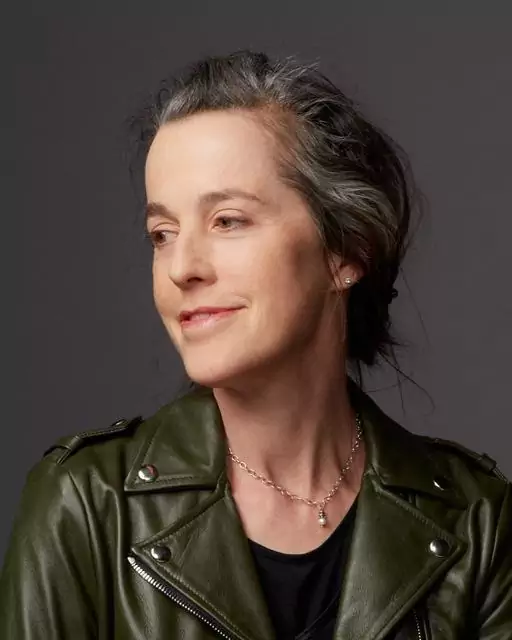
Dominique Hollier
Literary translator & actor
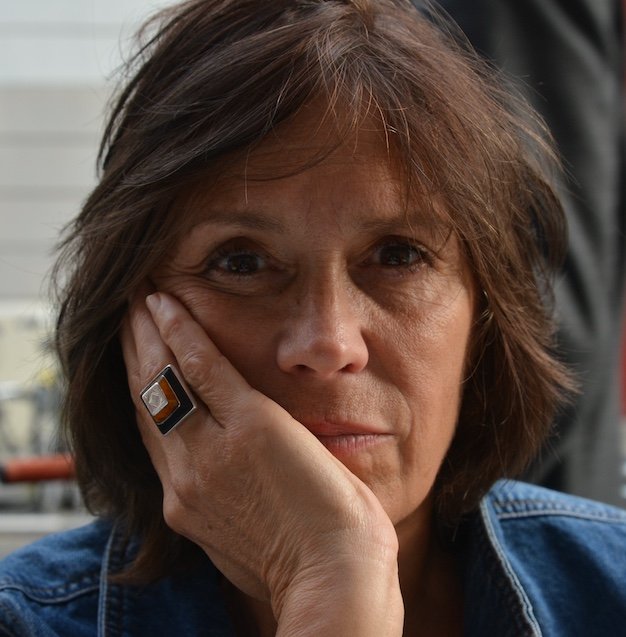
Laurent Jullier
Film critic & professor
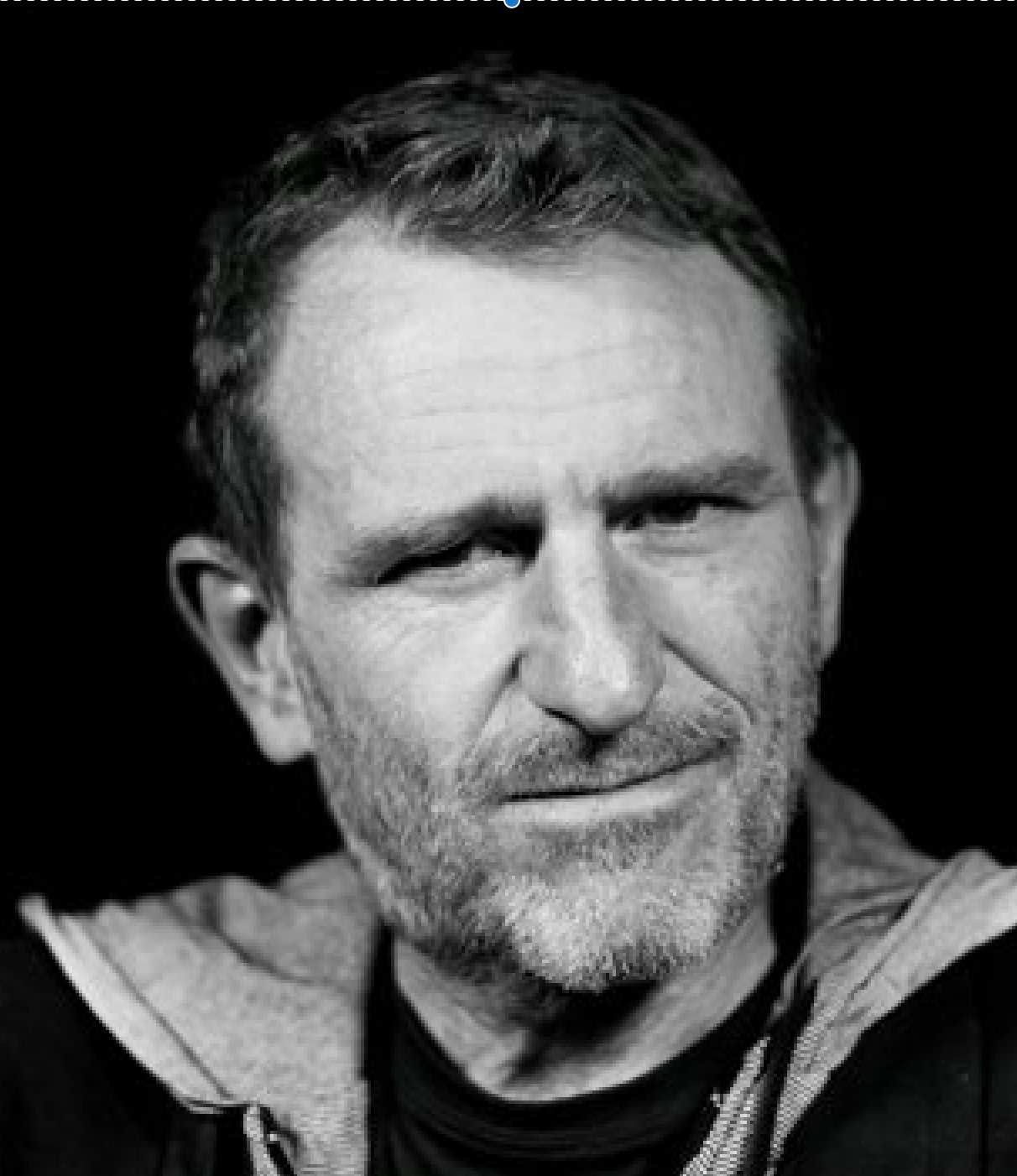
Show
Programme
Thursday 5th December
Conference Opening
Representation of The Breach – La Fabrique / CIAM / UT2J
Friday 6th December
Research panels – Maison de la recherche / Room F412 / UT2J
Saturday 7th December
Research and discussion panels – Grand Auditorium / José Cabanis Library

2 days
23 Speakers
1 Show


